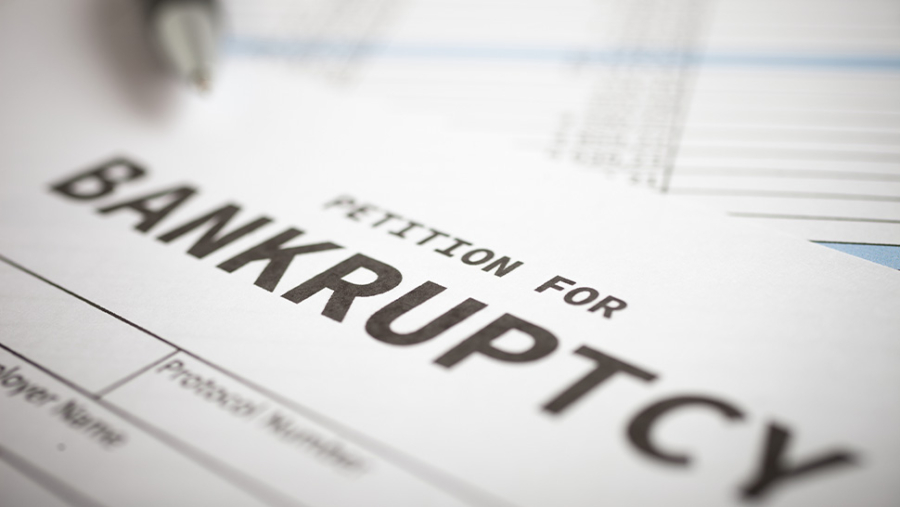

When a creditor is owed money there are different recovery options available to them. One option is to issue a ‘money claim’ and seek a court judgment for the debt owed, which is then enforced against the debtor’s assets in a number of ways. These include a writ or warrant of control against any assets or seeking to secure a charge over any assets or real property owned by that particular debtor.
The issue with this is that it often takes time. In instances where the debt is undisputed this can be frustrating for the creditor, not to mention the impact on the creditor’s cashflow expending further funds pursuing outstanding monies.
An alternative to a money claim is to issue a bankruptcy or winding up petition, depending on whether the debtor is an individual person or a corporate body, in respect of the sums that are owed. Such action is reserved for debts that exceed the statutory minimum amount – this is £5,000 in the case of individuals or £750 in the case of companies.
Alongside this, the sum claimed must be for a liquidated sum that has fallen due for payment and is undisputed – the winding up court is not the place for debts that are substantially disputed on genuine grounds.
The issue of a bankruptcy petition will be preceded by a statutory demand under the Insolvency Act 1986, whereas, in the case of a winding up petition, it is optional whether the creditor seeks to issue a statutory demand, or simply makes demand for payment. If a statutory demand is issued, then the creditor will have to wait 21 days from the date it is served on the debtor before issuing a petition.
Presenting a petition in respect of a disputed debt may lead to an application to set aside or defend. The court may not take kindly to creditors who utilise the petition process knowingly for disputed debts. It is always important for the creditor to seek specialist advice before presenting a petition, to avoid the possibility of an adverse costs order being made against it.
There are several costs associated with presenting a petition. Principally, those costs involve a court fee for presenting the petition – £280 – a deposit payable to the Insolvency Service to cover the administration costs in the event a bankruptcy order or winding up order is made, and some ad hoc disbursements for things like process server’s fees and advertisement costs, as well as legal fees.
It has recently been confirmed that the deposit element will be significantly increasing from 1 November 2022 meaning that any petitions presented after that date will be liable for the increased fees; those increases are as follows:
- Creditors’ bankruptcy petition – currently £990 but will rise to £1,500
- Creditors’ winding up petition – currently £1,600 but will rise to £2,600
It is over five years since the last increase in April 2016, but nevertheless it represents a significant increase in fees which will likely deter some creditors, particularly those with debts at the smaller end of the scale.
According to the government website, “The deposit increase will enable the Insolvency Service to continue to administer and investigate insolvencies effectively, maximising outcomes for creditors whilst mitigating the risk of cost recovery being passed on to the taxpayer.”
The take-away for creditors is that if they act promptly then they may be able to present a petition before the fee rise is implemented, but even if they cannot, the increased deposit should not necessarily deter them from pursuing a petition.
Petitions are an effective tool in the debt recovery professional’s armoury against delinquent debtors, often known as the ‘won’t pays’, and also those companies and individuals who are unable to meet their debt obligations – also known as the ‘can’t pays’ because it provides a streamlined route to winding up that party’s affairs if they do not pay their debts.
The deposit is also refundable to the creditor in the event the creditors pays the debt post-presentation of the petition causing the petition to be withdrawn or dismissed. In the event a winding up or bankruptcy order is made, the petitioner’s costs of the petition including the deposit will be a first charge on realisations in the insolvent estate giving them a super priority.










